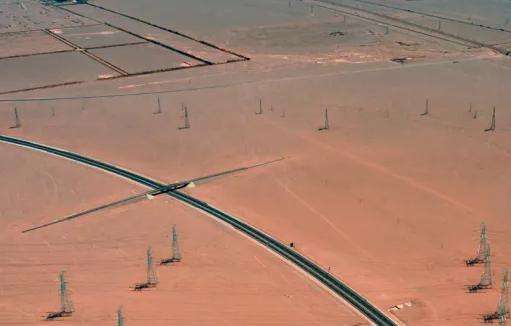The common electrical performance parameters of solar cells are mainly as follows:
1. Open circuit voltage Voc
2. Short circuit current Isc
3. . Maximum power point voltage Vmpp
4. Maximum power point current Impp
5. Fill factor FF≈ (Impp/Isc)*(Vmpp/Voc)
6. The maximum power of the Pmpp
7 module. The conversion efficiency of the module
8. The volt-ampere characteristics (i.e. the IV curve) of the module. photovoltaic module
9. PV Characteristics of Photovoltaic Modules
The peak power you are talking about is the 6th element i.e. Pmpp
Peak power is equal to the product of the maximum power point voltage and the maximum power point current
p>I.e.
Pmpp=Impp *Vmpp
It should be noted that the value here is obtained from the specification book and is the value obtained in constandard editions (STC)
The maximum power point voltage and maximum power point current of solar cells will be different depending on lighting conditions and temperatures.
But one thing remains unchanged, that is, the maximum power of the power point is current. The product of the maximum power point voltage and the maximum power point current under conditions
Solar Conversion efficiency is the maximum battery output power/incident light power. How to calculate incident power and maximum output power?
Cannot connect the load directly because it is unstable.
First of all, whether it is automatic or non-automatic tracking of solar energy, fluctuations will occur due to the different angles of movement of the sun.
Second, since the internal resistance of the solar panel is relatively high compared to many loads, directly connecting the load will easily damage the solar panel.
Third, where solar energy is used, it is sometimes used on cloudy days, which involves the storage of electrical energy.
Fourth, solar energy generally uses LED loads. To save LED power, PWM pulse circuits must be used, and solar panels cannot directly meet this requirement.
So the solar panels are connected to the battery for charging through the output circuit, then the battery powers the load through the output circuit.
The formula for solar cell conversion efficiency: efficiency = peak power/power of incident light
Wp=Wpeak, which represents the peak power of the cell solar. As the solar irradiation varies every day, the output power of the solar cell vAlso, Wp represents the maximum output power. Peak solar power Wp is the output power of the solar cell under standard conditions: radiation intensity 1000 W/m2, air quality AM1.5 and battery temperature 25°C. (These conditions are about the same as our usual sunshine conditions around noon on a sunny day.) According to the lighting conditions in Guangdong, the standard lighting duration is about 3.3 to 3.5 hours. On rainy days, solar cells can also produce a certain amount of power, its power is about 5-15% of the rated power.
Incident power refers to the effective power ultimately absorbed by the solar panel and the reflected power that is not absorbed.














